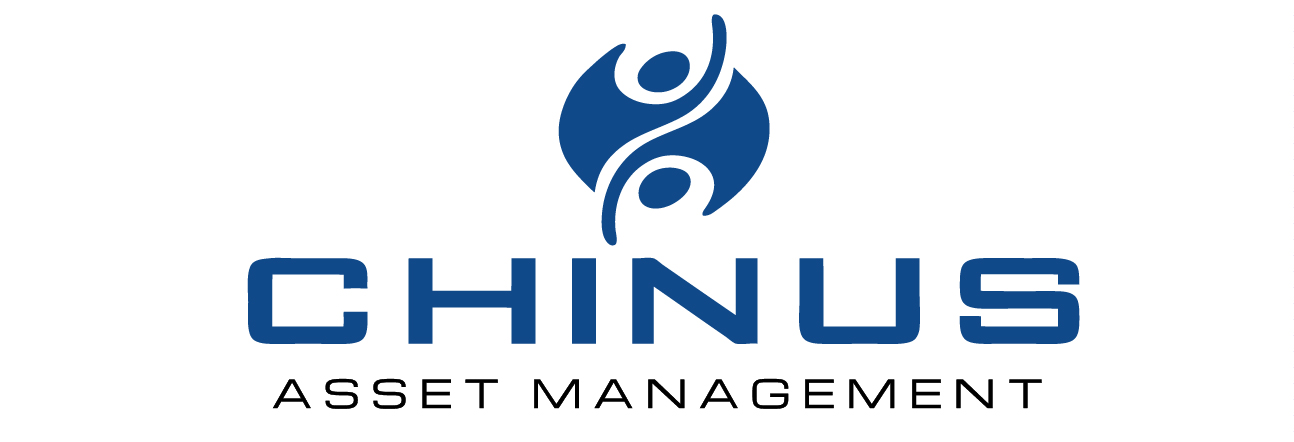Emerging Asian Markets Offer Greatest Alpha Opportunities
/There is a lively debate going on in the investment community about whether active investment strategies, particularly hedge funds, can outperform passive investment strategies that seek to mimic the market. Bloomberg Businessweek reported that, from 2009 to 2017, US hedge funds generated an average return of 7.2% annually, which is less than half the S&P 500’s return.
However, there are two major caveats to using that data to conclude that passive investing is superior. The first is that in hedge funds, like everything else, there are a few outstanding performers that generate returns far in excess of the average. The key is to find those managers who are able to generate alpha. Not investing in hedge funds because the overall average is low is a bit like saying Stephen Curry should not shoot three pointers because the average NBA player makes less than 30% of three-point shots. Whether to take a three-point shot depends on the person doing the shooting, not the overall average. Same with hedge funds.
The second caveat is that not all markets are alike, and active investment strategies work best in inefficient markets. Schroders, a 200-year-old investment manager with $565 billion in assets under management, recently calculated that active strategies generated by far the highest alpha in emerging Asian markets compared to other regions in the world.
The chart above provides backing to our claims that the inefficient markets of emerging Asia offer unrivaled opportunities to generate alpha, and that leading managers can generate substantial long-term outperformance. It also provides strong validation for our multi-manager investment approach.
Emerging Asia is the one region in the world where active strategies have clear advantages. Our funds provide investors with access to managers whose ability to generate long-term alpha make them the Chinese, Indian and SE Asian Michael Jordan’s of the hedge fund world.

